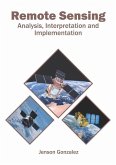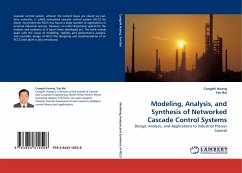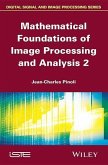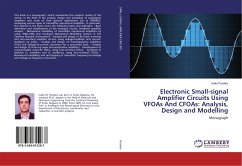The most commonly used tool for studying gate-oxide quality in detail is the Capacitance-Voltage (C-V) technique. C-V test results offer a wealth of device and process Information, including bulk and interface charges and many MOS-device parameters.This Project will devote for how to use the Agilent LCR meter (E-4980A) to make C-V measurements. It also addresses basic MOS physics, proper C-V measurement techniques, and parameter extraction from C-V test results. C-V measurements are typically made on a capacitor- like device, such as a MOS capacitor (MOS-C). Successful measurements require compensating for stray capacitance, recording capacitance values only at equilibrium conditions, and applying measuring signals in an appropriate sequence. These issues are addressed in my project under result chapter to provide guidance for choosing and/or writing test routines and preparing for C-V tests. This work has Introduction (Chapter-1), VEE-Pro Software (Chapter-2), SUPREM Simulation (Chapter-3), Fabrication of MOS(Oxidation) (Chapter-5), Capacitances of MOS (Chapter-6), Record the data of C-V curves (Chapter-7) and Conclusion (Chapter-8).


